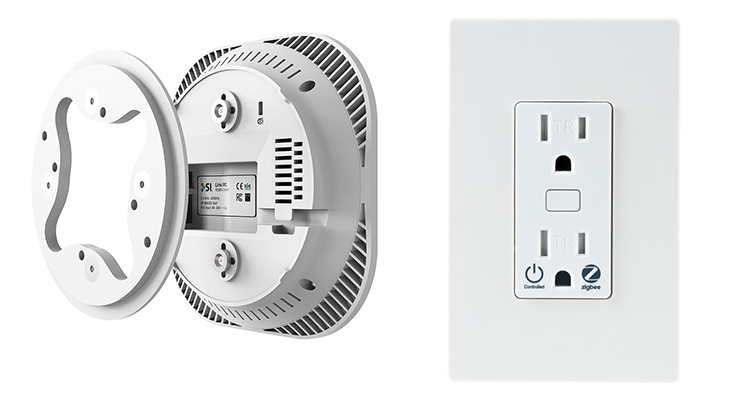Zigbee Won! Apple, Amazon, Google, Samsung, Legrand Form Standards Alliance to Simplify Smart Home Control
Amazon, Apple, Google, and the Zigbee Alliance, this week, announced a new working group that plans to develop and promote the adoption of a new, royalty-free connectivity standard to increase compatibility among smart home products, with security as a fundamental design tenet. Zigbee Alliance board member companies such as IKEA, Legrand, NXP Semiconductors, Resideo, Samsung SmartThings, Schneider Electric, Signify (formerly Philips Lighting), Silicon Labs, Somfy, and Wulian are also on board to join the working group and contribute to the project.
The goal of the Connected Home over IP project is to simplify development for manufacturers and increase compatibility for consumers. The project is built around a shared belief that smart home devices should be secure, reliable, and seamless to use. By building upon Internet Protocol (IP), the project aims to enable communication across smart home devices, mobile apps, and cloud services and to define a specific set of IP-based networking technologies for device certification.
The industry working group will take an open-source approach for the development and implementation of a new, unified connectivity protocol. The project intends to use contributions from market-tested smart home technologies from Amazon, Apple, Google, Zigbee Alliance, and others. The decision to leverage these technologies is expected to accelerate the development of the protocol and deliver benefits to manufacturers and consumers faster.
The project aims to make it easier for device manufacturers to build devices that are compatible with smart home and voice services such as Amazon’s Alexa, Apple’s Siri, Google’s Assistant, and others. The planned protocol will complement existing technologies, and working group members encourage device manufacturers to continue innovating using technologies available today.
Why IP?
Today there is no widely adopted open standard for smart home which is built upon IP and yet IP is the protocol of the internet and is the most common network layer used in our homes and offices. With IP, messages can be routed across networks independent of the physical and link layers underlying them and there are ample battle tested algorithms and infrastructure for performing routing, switching and firewalling in robust and resilient ways. On top of IP, you inherit well-known transport protocols like TCP and UDP. Consequently, IP is an ideal way to deliver end-to-end security and privacy in communication between a device and another device, app, or service.
There are a large number of IP-bearing networks today, designed for different use cases. Since the protocol is built upon IP, its message traffic should be able to flow seamlessly across different kinds of networks.
Many Smart Home devices use proprietary protocols today, requiring them to be tethered to a home network using dedicated proxies and translators. By building upon IP, some of these devices may instead be able to connect directly with standardized networking equipment.
The goal of the first specification release will be Wi-Fi, up to and including 802.11ax (aka Wi-Fi 6), that is 802.11a/b/g/n/ac/ax; Thread over 802.15.4-2006 at 2.4 GHz; and IP implementations for Bluetooth Low Energy, versions 4.1, 4.2, and 5.0 for the network and physical wireless protocols.
We’ll keep you updated as things progress!






